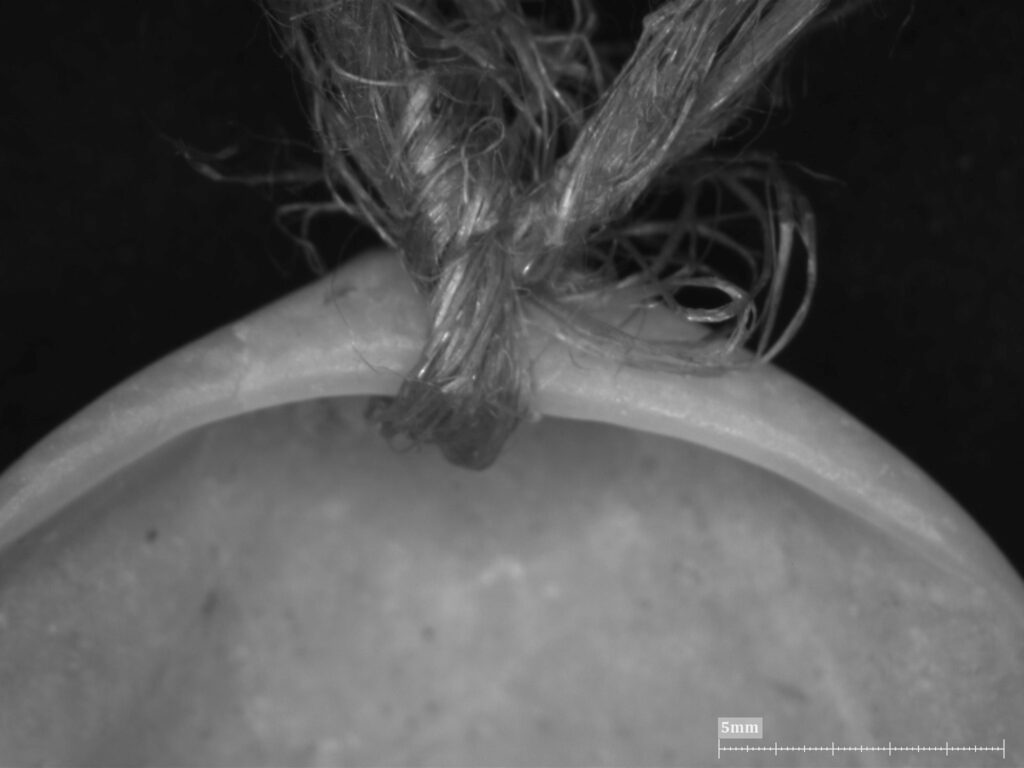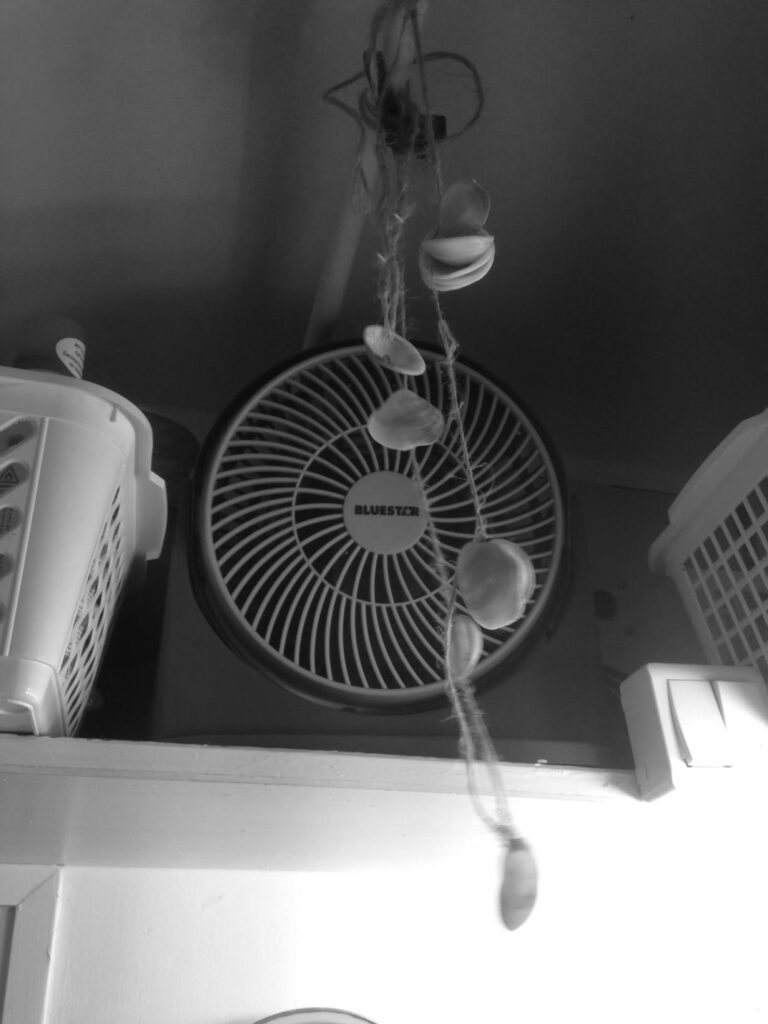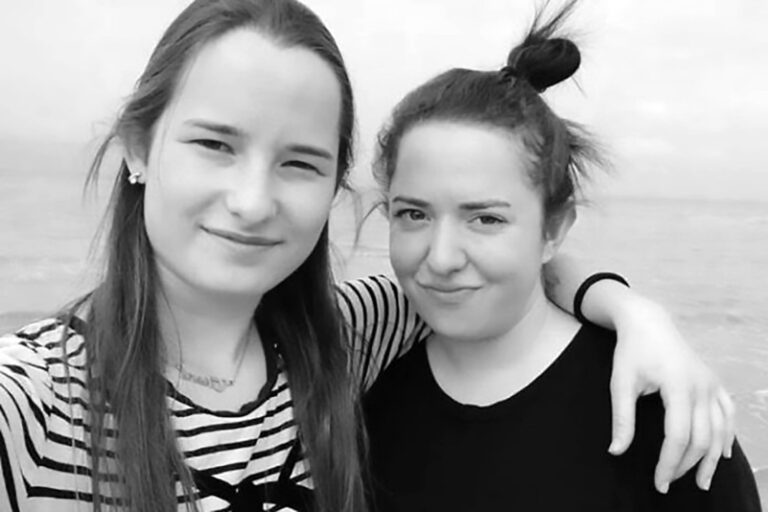Israeli archaeologists have found evidence that early humans wore shell necklaces painted with ochre as far back as 120,000 years ago.
The discovery, which included several examples of ancient shell jewellery as well as dozens of human skeletons from the Mediterranean Paleolithic period, was made at Qafzeh Cave in northern Israel.
The prehistoric archaeological site is located at the bottom of Mount Precipice in the Yizrael Valley of Lower Galilee, south of Nazareth.
Archaeologists discovered evidence that early humans collected perforated shells and strung them together as beads as far back as 120,000 years ago.

Evidence of shells being used as jewellery by early humans has previously been found in Africa and the Eastern Mediterranean, however, experts believe the evidence in Qafzeh Cave shows one of the earliest known examples of string being used to hang objects.
Many of the perforated shells also appear to have been painted with ochre, a natural clay earth pigment.
Daniella Bar-Yosef Mayer of Tel Aviv University said: “Humans collected unperforated cockle shells for symbolic purposes around 160,000 years ago or earlier, and around 120,000 [years ago] they started collecting perforated shells and wearing them on string.
“We conclude that strings, which had many other uses, were invented within this timeframe.”
Experts also collected the same type of clamshells found in the cave and hung them from string made of wild flax and abraded them with different materials like leather and sand to work out how they would have been worn.

An archaeology team member said: “The fact that almost all of the specimens found in the archaeological sites are perforated, albeit naturally, suggests their collection is intentional and is meant to enable their stringing and display.”
To find out more about the author, editor or agency that supplied this story – please click below.
Story By: Lee Bullen, Sub-Editor: Michael Leidig, Agency: Newsflash
The Ananova page is created by and dedicated to professional, independent freelance journalists. It is a place for us to showcase our work. When our news is sold to our media partners, we will include the link here.




